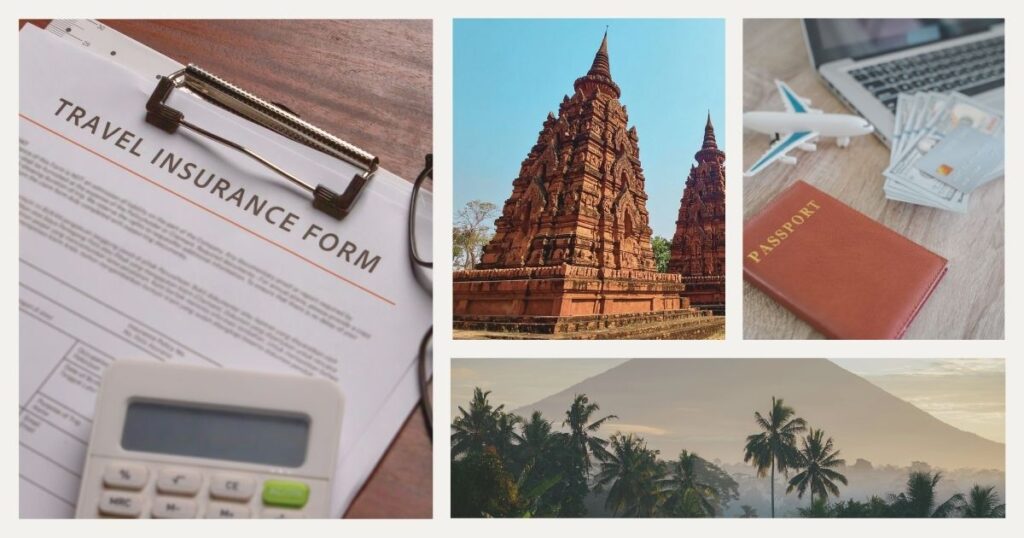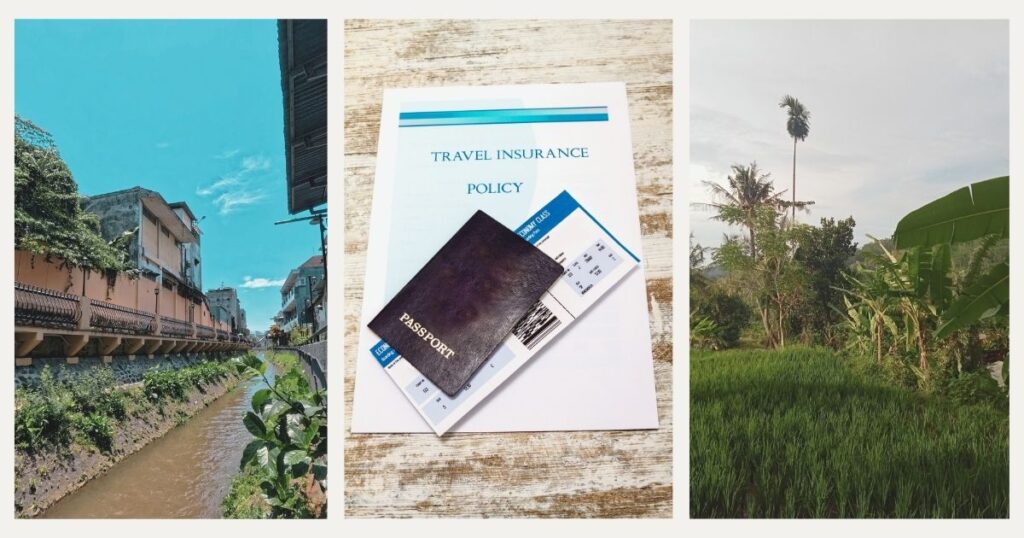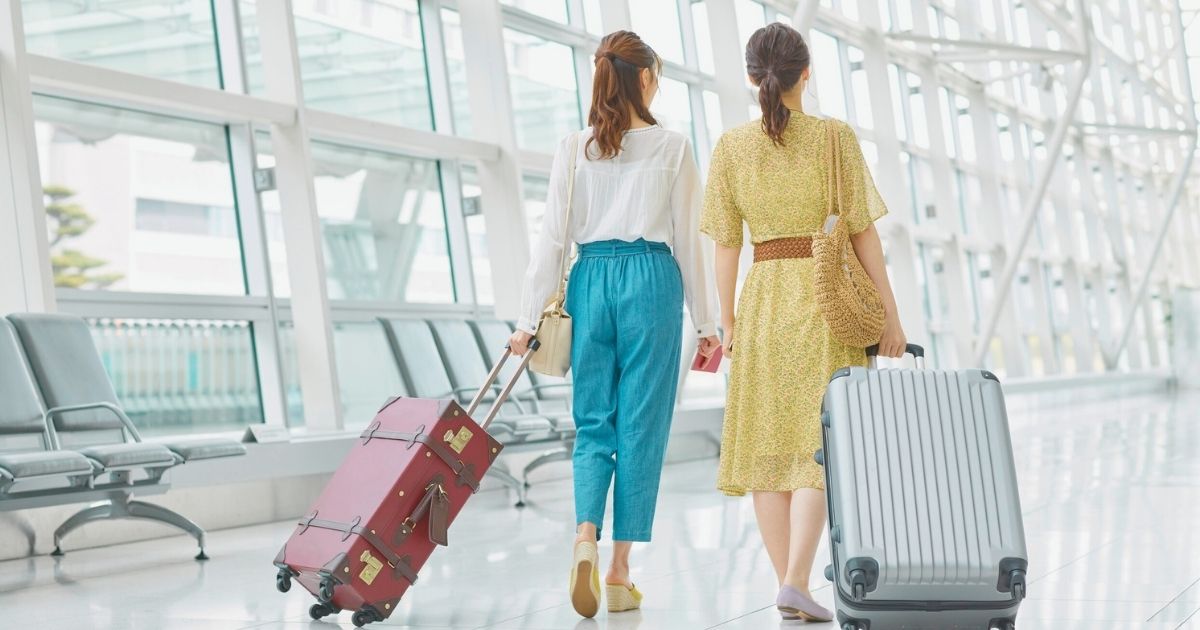Southeast Asia beckons millions of travelers each year with its stunning beaches, vibrant cultures, delicious cuisine, and affordable living costs. From the temples of Angkor Wat to the bustling streets of Bangkok and pristine Philippine islands, this region offers endless adventures. However, exploring these diverse destinations comes with unique risks that make securing comprehensive travel insurance for Southeast Asia essential.
The region’s tropical climate, varying healthcare infrastructure, adventure activities, and potential for natural disasters create specific insurance needs that differ from other destinations. Whether you’re planning a two-week vacation or a year-long digital nomad journey, understanding your coverage options and selecting the right travel insurance for Southeast Asia can mean the difference between a minor inconvenience and a financial catastrophe.
This guide examines everything you need to know about travel insurance in Southeast Asia, including coverage essentials, provider comparisons, cost considerations, and specific recommendations for different types of travelers.
Why Southeast Asia requires specialized travel insurance

Southeast Asia presents unique challenges that make specialized travel insurance coverage crucial for protecting both your health and finances. The region’s diverse healthcare systems, ranging from world-class facilities in Singapore and Thailand to more basic options in rural areas, create varying levels of medical access that travelers must navigate carefully.
Adventure activities are integral to the Southeast Asian experience, from scuba diving in the Philippines to trekking in Vietnam’s mountains. These activities carry inherent risks that standard travel insurance policies may not adequately cover, making specialized adventure coverage important for many travelers.
The region’s susceptibility to natural disasters, including typhoons, earthquakes, and volcanic eruptions, adds another layer of risk that travel insurance for Southeast Asia must address. These events can disrupt travel plans, require emergency evacuation, or necessitate extended medical care.
💡 Did you know? Medical evacuation from remote areas in Southeast Asia to quality healthcare facilities can cost upwards of $100,000, making emergency medical evacuation coverage one of the most important components of travel insurance for Southeast Asia.
Essential coverage components for Southeast Asian travel
Effective travel insurance for Southeast Asia must include several key coverage components that address the region’s specific risks and characteristics. Medical coverage forms the foundation, requiring minimum coverage of $100,000, though $250,000 or more is recommended for comprehensive protection.
Emergency medical evacuation coverage becomes particularly crucial in Southeast Asia, where quality medical facilities may be hours away from remote destinations. This coverage should include both emergency evacuation to the nearest adequate facility and repatriation to your home country if necessary.
Adventure activity coverage is essential given Southeast Asia’s popularity for scuba diving, rock climbing, white-water rafting, and motorcycle riding. Many standard policies exclude these activities, requiring specific policy endorsements or specialized providers.
Trip cancellation and interruption protection addresses weather-related disruptions common during monsoon seasons and typhoon periods. Flight delays and missed connections are frequent due to weather conditions and busy air traffic, making coverage for additional accommodation and meal costs valuable.
Motorcycle and scooter rental coverage addresses one of the most common transportation methods for exploring Southeast Asian destinations, protecting against substantial liability and medical expenses from accidents.
Top travel insurance providers for Southeast Asia

Several insurance providers offer policies particularly well-suited to Southeast Asia’s unique requirements. World Nomads has built a reputation as a leading provider of travel insurance for Southeast Asia, particularly among backpackers and adventure travelers. Their policies include extensive adventure activity coverage and flexible options that can be purchased even after travel has begun.
IMG Global provides comprehensive international health insurance that works well for extended Southeast Asian travel. Their plans include substantial medical coverage limits, worldwide emergency evacuation, and strong networks of healthcare providers throughout the region.
SafetyWing specifically targets digital nomads and long-term travelers with flexible, affordable coverage designed for Southeast Asian travel patterns. Their policies automatically renew monthly and provide coverage across multiple countries, though they typically exclude adventure activities.
Cost considerations and budgeting
Travel insurance for Southeast Asia costs vary significantly based on coverage levels, trip duration, traveler age, and planned activities. Age represents one of the most significant factors affecting costs, with premiums increasing substantially for travelers over 65.
Trip duration impacts costs both directly through longer coverage periods and indirectly through increased risk exposure. However, longer trips often result in lower daily rates, making extended travel insurance more cost-effective than multiple short-term policies.
Annual multi-trip policies can provide significant savings for travelers planning multiple Southeast Asian trips within a year. These policies often cost less than two separate trip-specific policies while providing year-round coverage. Early purchase discounts reward travelers who buy insurance shortly after booking their trips.
Digital nomad and long-term travel considerations

Digital nomads and long-term travelers face unique challenges when selecting travel insurance for Southeast Asia, as traditional policies may not adequately address extended stays, remote work needs, or constantly changing itineraries.
Traditional travel insurance policies typically limit coverage to trips of 30-180 days, making them inadequate for digital nomads planning extended stays. Specialized nomad insurance or international health insurance better serves these longer-term needs, including coverage for remote work activities and equipment protection.
Reliable internet connectivity is essential for digital nomads, and maintaining communication capabilities becomes crucial during emergencies. Consider using Holafly’s Southeast Asia eSIM to ensure consistent connectivity across multiple countries, enabling you to contact insurance providers, access emergency services, and manage claims regardless of your location within the region.
Equipment protection for laptops, cameras, and other valuable work equipment requires specialized coverage that many standard travel insurance policies don’t provide. Digital nomad-specific policies often include better coverage for electronic equipment and business-related losses.
🌟 Pro tip: digital nomads should maintain detailed inventories of their equipment and backup important documents in cloud storage to facilitate insurance claims and replacements when traveling through multiple Southeast Asian countries.
Country-specific considerations in Southeast Asia
Different Southeast Asian countries present varying levels of risk and insurance requirements. Thailand’s excellent medical infrastructure in major cities contrasts with limited facilities in rural areas and islands, requiring potential medical evacuation coverage from remote beaches to Bangkok or other major medical centers. The country’s popular adventure activities and strict drug laws make comprehensive coverage particularly valuable.
Indonesia’s sprawling archipelago and active volcanic activity create unique evacuation challenges that travel insurance must address. The country’s popular diving destinations require specialized diving coverage, as accidents in remote locations may require complex evacuation procedures.
Vietnam and Cambodia’s popularity for motorcycle travel makes vehicle coverage crucial, as these countries’ busy roads and varying traffic conditions increase accident risks significantly. Limited medical infrastructure in rural areas requires robust evacuation coverage for travelers exploring remote regions.
Claims process and emergency procedures
Understanding the claims process and emergency procedures for travel insurance for Southeast Asia ensures you can access coverage effectively when needed. Most providers offer 24/7 emergency assistance hotlines that can coordinate medical care, arrange evacuations, and provide guidance during emergencies.
Emergency assistance services often include translation services, which can be invaluable when dealing with medical facilities in Southeast Asian countries where English may not be widely spoken. Pre-authorization requirements for major medical treatments mean you should contact your insurance provider before receiving treatment when possible.
Maintaining detailed records of all expenses, medical treatments, and incident reports facilitates smooth claim processing. Take photos of damaged items, keep all receipts, and obtain official reports from authorities when applicable. Medical claims often require original receipts and detailed medical reports, which may need translation into English.
Final thoughts
Selecting appropriate travel insurance for Southeast Asia requires careful consideration of the region’s unique risks, your planned activities, and trip duration. The diverse healthcare infrastructure, adventure opportunities, and natural disaster potential make comprehensive coverage essential for protecting both your health and finances while exploring this incredible region.
The key to finding the best travel insurance lies in matching coverage to your specific travel style and risk tolerance. Whether you’re planning a two-week beach vacation or a year-long digital nomad journey, adequate insurance provides peace of mind that allows you to fully embrace Southeast Asia’s many opportunities and adventures.
Southeast Asia offers incredible experiences that create lifelong memories, but protecting yourself with appropriate travel insurance ensures that unexpected events don’t overshadow your adventures. For digital nomads and long-term travelers planning extended stays in the region, consider exploring comprehensive guides about digital nomad transportation options to complement your insurance planning and ensure a safe, well-prepared journey.
Ready to explore Southeast Asia with confidence? Nomada provides expert guidance and practical solutions for digital nomads and travelers navigating every aspect of international adventures.
Let us help you plan the perfect Southeast Asian journey! 🌏
Frequently asked questions about travel insurance for Southeast Asia
Yes, even developed Southeast Asian countries warrant travel insurance coverage. While medical facilities may be excellent, costs can be very high for foreigners, and evacuation to your home country could still be necessary for serious conditions. Additionally, travel insurance covers trip cancellations, delays, and other non-medical issues that can occur anywhere.
This depends on your specific policy and the circumstances of the accident. Many policies exclude motorcycle accidents if you don’t have a valid motorcycle license in your home country or if the rental motorcycle exceeds certain engine capacities. Always check your policy details and consider purchasing additional coverage if you plan to ride motorcycles.
Minimum medical coverage should be at least $100,000, though $250,000 or more is recommended. This should include emergency evacuation coverage of at least $1 million, as medical evacuations from remote areas to quality facilities or back to your home country can be extremely expensive.
Some providers allow you to purchase coverage after travel has begun, but options may be limited, and pre-existing condition coverage typically won’t apply. It’s always better to purchase insurance before departure to ensure full coverage and better pricing.
Most travel insurance policies cover trip cancellations and interruptions due to natural disasters, but coverage specifics vary by provider. Look for policies that specifically mention natural disasters and understand what scenarios are covered versus excluded, as some policies may not cover travel to areas under active weather warnings.



